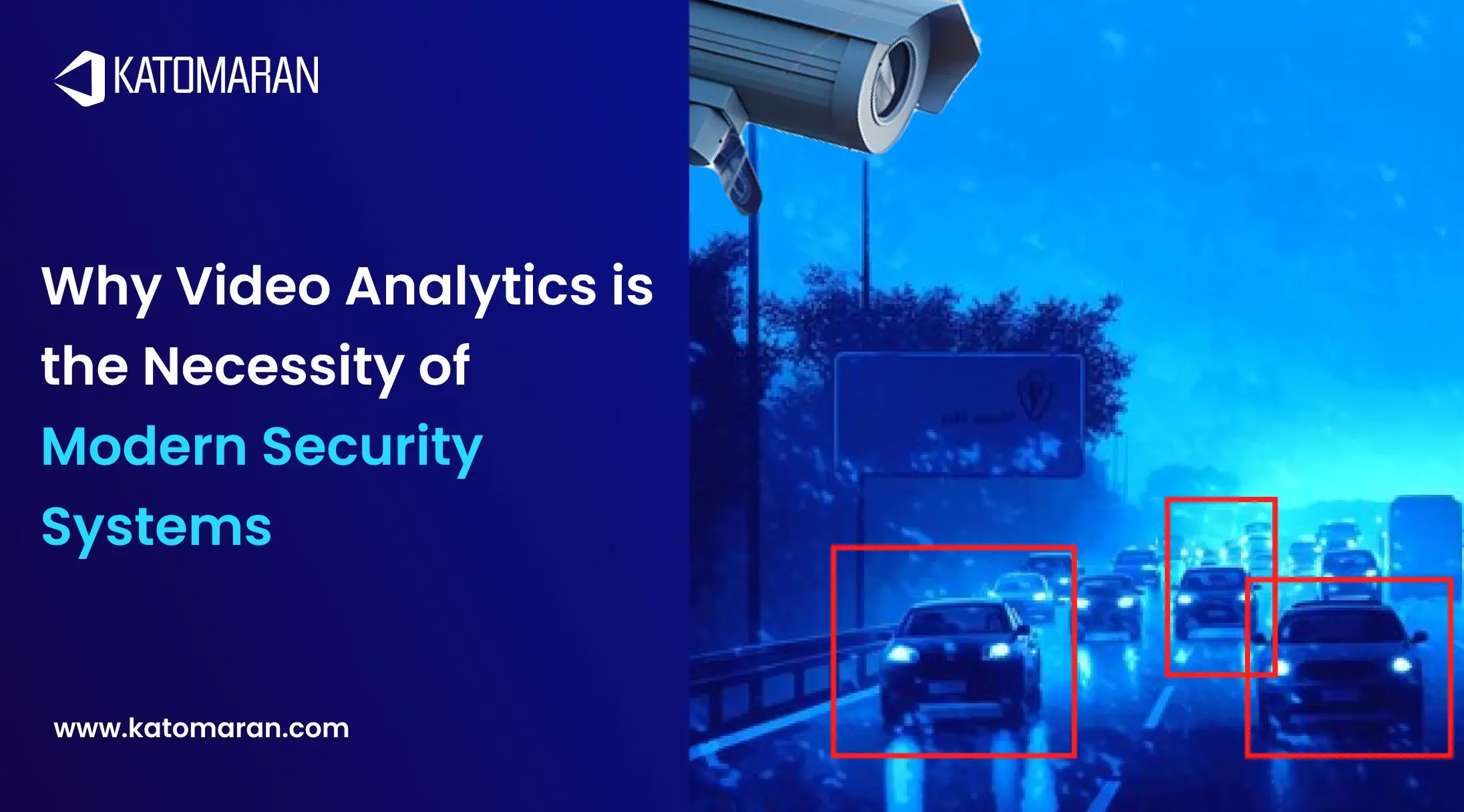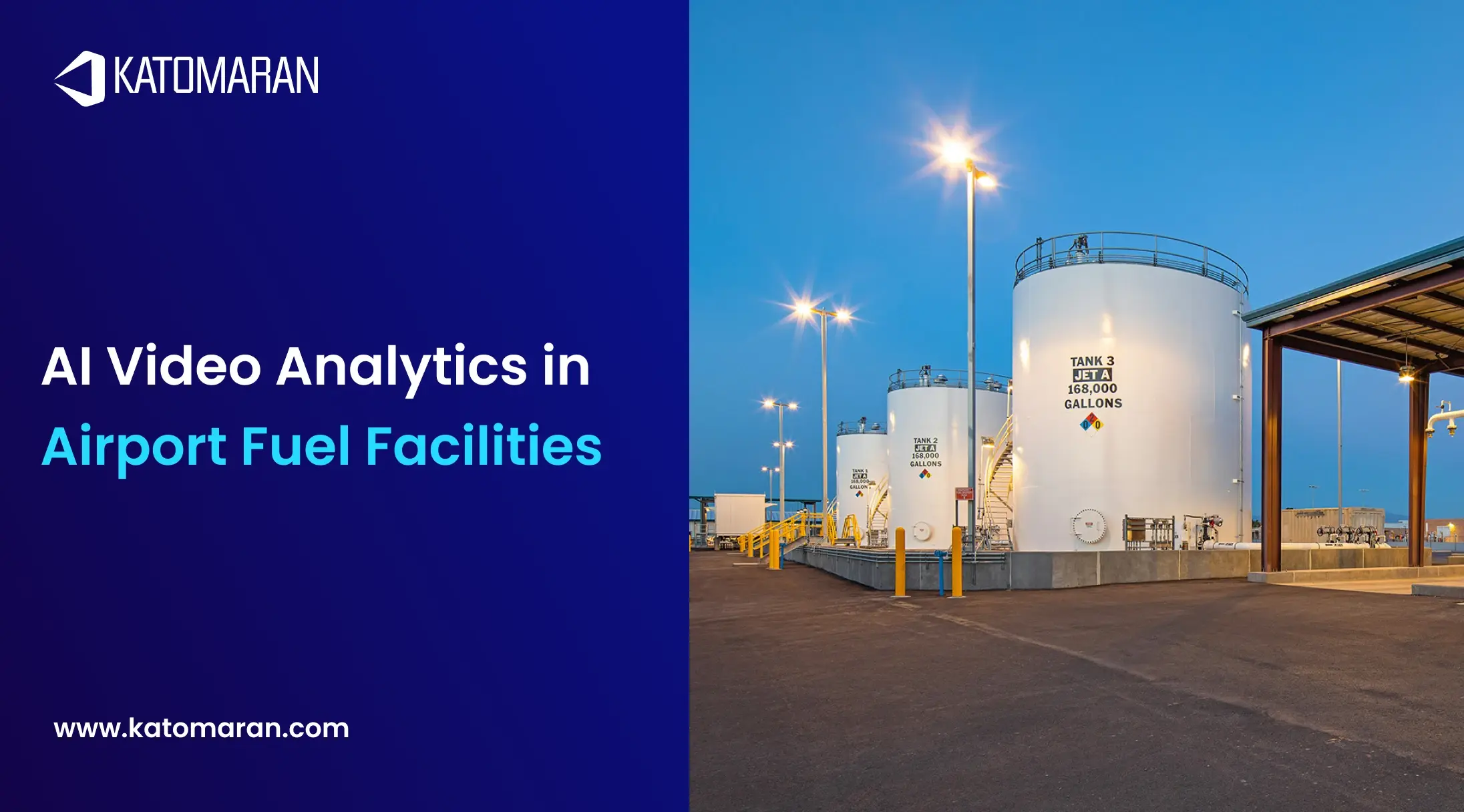Introduction
In today’s world, everything is rapidly moving toward Artificial Intelligence (AI) across all sectors. One area where AI is making a huge difference is road safety. With growing traffic, urban congestion, and accidents, cities need smarter ways to manage vehicles and pedestrians. Intelligent Traffic Management Systems (ITMS) use AI, IoT applications, and smart sensors to enhance road safety, reduce traffic jams, and create safer streets for everyone.
What is an Intelligent Traffic Management System (ITMS)?
An Intelligent Traffic Management System (ITMS) uses advanced technologies like artificial intelligence (AI), data analytics, and information and communication technology (ICT) to monitor, control, and optimize vehicle movement and road safety. Its primary goals are to reduce traffic congestion, improve traffic flow, enhance road safety, and provide information to drivers for better travel choices, contributing to more efficient and sustainable transportation networks.
Key Features of Intelligent Traffic Management Systems
1. Helmet Detection
The ITMS system automatically detects vehicle riders without helmets in real time. When a helmet violation occurs, the system captures the vehicle number and instantly sends the information to authorities, issuing fines automatically. This ensures safer riding habits, reduces head injuries, and enforces consistent compliance with road safety regulations.
2. Seat Belt Monitoring
Smart AI traffic management system monitors drivers and passengers to ensure seat belts are worn. If a violation is detected, the system records the vehicle number and automatically notifies authorities to issue fines. This feature promotes responsible driving, reduces accident severity, and strengthens rule enforcement without manual intervention.
3. Speeding & Section Speed Control
The system tracks vehicle speed in real time across individual zones and long stretches of road. If a vehicle exceeds the speed limit, its number plate is captured and a violation notice is automatically sent to the authorities for enforcement. This feature prevents over-speeding, reduces accidents, and encourages safer driving behavior.
4. Triples Detection
Triples detection identifies vehicles carrying more passengers than legally allowed. When a violation occurs, the system captures the vehicle number and automatically reports it to authorities for fine issuance. This ensures compliance with traffic rules, prevents overcrowding-related accidents, and enhances overall road safety.
5. Number Plate Detection (ANPR)
Automatic Number Plate Recognition (ANPR) enables instant identification of vehicles. This feature supports traffic law enforcement, tracking stolen vehicles, managing access control, and reducing violations such as unregistered or unauthorized vehicle movement.
6. Incident & Accident Detection
The system monitors traffic continuously to detect incidents, accidents, or unusual events in real time. Early detection allows faster emergency response, reduces secondary accidents, and helps authorities manage traffic efficiently.
7. Real-Time Traffic Monitoring
An intelligent traffic management system provides continuous, live monitoring of roads, intersections, and highways. This feature helps authorities manage congestion, optimize traffic signals, prevent accidents, and make data-driven decisions for urban traffic planning.
How AI ITMS Improves Road Safety
AI-powered Intelligent Traffic Management Systems don't just automate traffic monitoring—they transform how cities ensure safer roads for everyone. By combining real-time data with predictive insights, ITMS can proactively prevent accidents, reduce human error, and support authorities in enforcing traffic rules more effectively.
1. Proactive Accident Prevention
AI analyzes live traffic data from cameras, sensors, and connected devices to predict potential accident-prone situations. Whether it's a speeding vehicle, sudden lane changes, or overcrowded intersections, ITMS detects risks early and alerts authorities to take action.
2. Reduced Human Intervention
Traditional traffic enforcement often relies on manual checks, which can be time-consuming and inconsistent. AI-enabled ITMS automates helmet checks, seat belt monitoring, and speed tracking—ensuring fair, unbiased, and continuous enforcement 24/7.
3. Faster Emergency Response
Accident and incident detection features immediately notify emergency services, helping reduce response time and potentially saving lives. Automated alerts ensure ambulances, police, and fire departments reach the site quickly with accurate information.
4. Improved Traffic Flow & Congestion Control
By analyzing traffic patterns in real time, ITMS optimizes signal timings and diversions, reducing traffic jams. Smoother traffic flow not only minimizes road rage and accidents but also lowers fuel consumption and emissions.
5. Stronger Compliance with Traffic Laws
With AI-driven enforcement of seat belts, helmets, and speed limits, compliance rates rise significantly. Consistent rule enforcement encourages safer driving habits, creating a long-term culture of road safety.
Learn more about the benefits of AI in Intelligent Traffic Management Systems. Check out this blog: “Key Benefits of Implementing AI in Intelligent Traffic Management Systems.”
Notable AI-Powered Traffic Control Initiatives in India
India has already started adopting AI-driven traffic management systems across several states and cities. These initiatives highlight how technology is shaping the future of safer, smarter roads
1. Bengaluru Adaptive Traffic Control System (BATCS)
Bengaluru, often synonymous with traffic congestion, has introduced the Adaptive Traffic Control System (BATCS). This AI-powered solution dynamically adjusts real-time traffic signals across 165 intersections, reducing delays and improving travel times. Developed in collaboration with the Centre for Development of Advanced Computing (C-DAC), BATCS is uniquely tailored to India's complex and diverse traffic conditions.
2. Pune Expressway's Intelligent Traffic Management System (ITMS)
The Pune Expressway in Maharashtra is equipped with a cutting-edge AI-driven ITMS to improve safety and efficiency. By using advanced AI algorithms, the system can detect traffic violations, analyze traffic patterns, and streamline vehicle movement, ensuring smoother travel and fewer accidents along one of India's busiest highways.
3. Punjab Police's AI Integration
In a proactive move to curb road accidents, the Punjab Police has integrated AI technologies into their traffic enforcement systems. These solutions help analyze accident-prone zones, monitor violations, and implement preventive safety measures, ultimately reducing road fatalities and making streets safer for citizens.
4. Onboard Driver Assistance Warning System (ODWAS)
Launched by the Government of India in April 2022, the Onboard Driver Assistance Warning System (ODWAS) is designed to enhance safety in public transportation. By using advanced sensors, ODWAS continuously monitors vehicle surroundings and driver behavior, providing real-time alerts that help minimize accidents and improve passenger safety.
Conclusion
As traffic continues to grow in India and across the world, AI-powered Intelligent Traffic Management Systems (ITMS) are no longer optional—they are essential. By combining automation, real-time monitoring, and predictive analytics, ITMS not only improves traffic flow but also plays a crucial role in reducing accidents, saving lives, and creating safer roads.
From Bengaluru's adaptive signals to Pune Expressway's AI-based monitoring, India is already taking big strides in adopting smart traffic technologies. With further advancements in AI, IoT applications, and 5G, the future of road safety lies in intelligent, connected, and automated systems that make cities safer and more sustainable.
At the heart of it, ITMS is about more than just traffic—it's about building safer communities, protecting lives, and shaping the smart cities of tomorrow. With proven expertise in AI, IoT, and automation, Katomaran Technologies is helping governments and organizations implement next-generation ITMS solutions that make roads smarter, safer, and more efficient.






